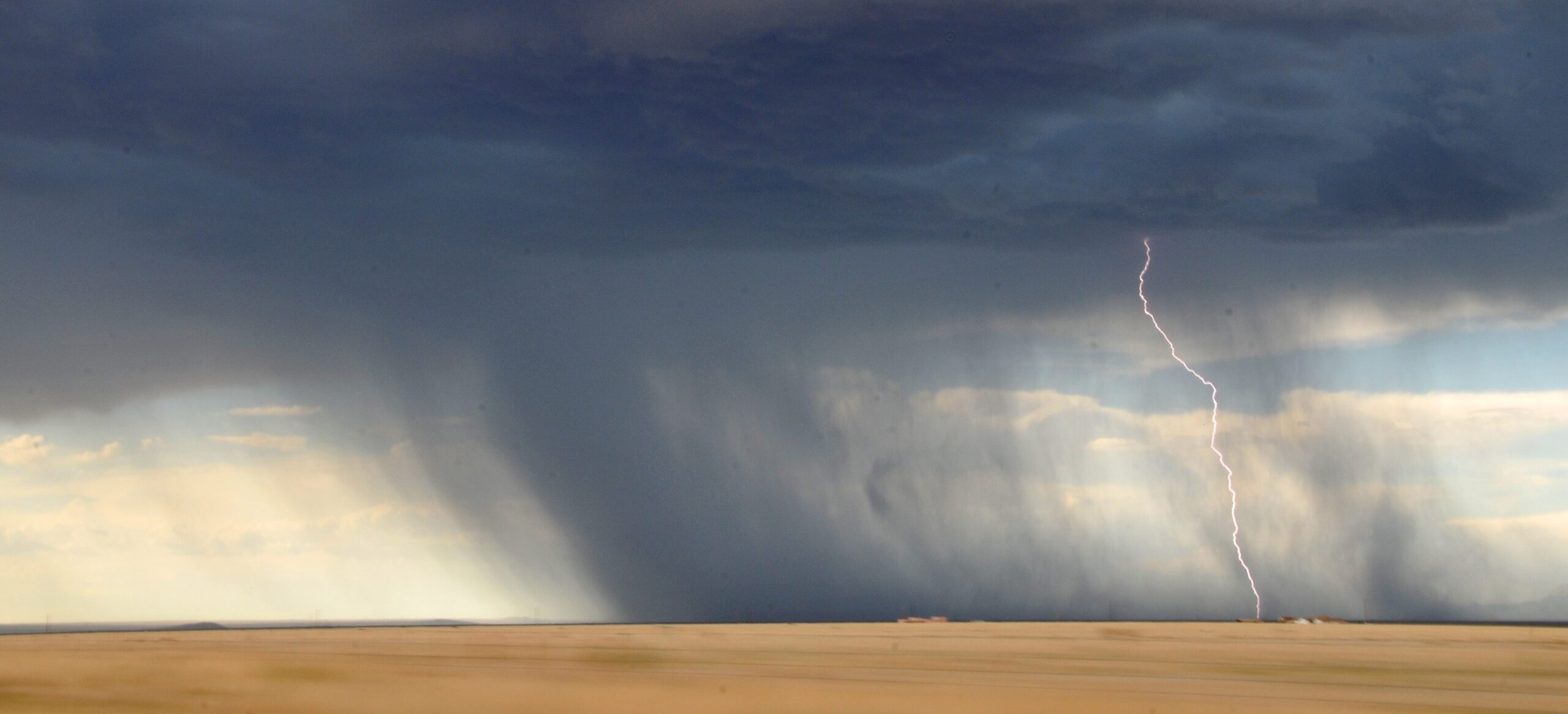In my organization, we do feedback a little differently than typical performance reviews. We have what we call GBOP (Get Better on Purpose) sessions with 5-7 colleagues with whom we work most closely. In these spaces we share feedback in support of each individual’s growth. Leading up to the session there is some preparation with individual self-reflection questions as well as 1:1 feedback conversations with our colleagues. By the time we come to the GBOP, we often have a rich repertoire of feedback to dig into, clarify, and explore together.
These are some of my favorite sessions. They’re riddled with anticipation, nervousness, and sometimes the distinct desire to throw up. But we always seem to leave the sessions with clarity, and a sense of celebration.
A recurring theme in our sessions is the need for emotional awareness and management. It’s clear that the places where we get stuck are often moments when we’re triggered or stressed. Over time we’ve cultivated a general sense of the importance of self-awareness, self-management, and empathy. The question that we’ve continued to get stuck with though is the HOW. What does it mean to navigate our emotions skillfully? How do we cultivate self-awareness? How do we know that we are in fact being self-aware of how we’re affecting others?
Getting to Know Ourselves
The first step in cultivating emotional intelligence is getting to know our own inner landscapes. I have a predisposition to try and control and contain my thoughts and emotions during times of intensity. When I find myself in the middle of grief, anger or confrontation, my brain goes into overdrive trying to reframe the situation, solve it, and find the most effective solution possible. This is an excellent impulse, the problem with it though, is that in the moment of being triggered, it’s my limbic system that’s driving my cognitive function. While I think I’m solving for something, I’ve found it’s often the case that really I’m trying desperately to avoid seeing or feeling something.
Carl Jung speaks about the natural human tendency to siphon off parts of ourselves to preserve our identity or avoid pain. We all house within ourselves subconscious warriors that fight fervently to avoid looking at particular patterns or pain, or to meet a particular longing that we’re grasping after. These are our blindspots. The JoHari Window offers a map for how we think about our inner landscapes. I’ve learned over time that one of my blindspots has been a pattern around suppressing or denying my own personal needs in order to preserve an identity of being unselfish and caring. While there’s nothing wrong with being caring and unselfish, I had to look into why that was so important to my identity, and the cost of ignoring my own personal needs repeatedly.
I’ve learned over time that one of my blindspots has been a pattern around suppressing or denying my own personal needs in order to preserve an identity of being unselfish and caring. While there’s nothing wrong with being caring and unselfish, I had to look into why that was so important to my identity, and the cost of ignoring my own personal needs repeatedly.
We uncover our blindspots by noticing our triggers, our tendencies, and asking for feedback from those we trust. I’ve learned to pay attention to times when I feel disproportionately irritated/ sad/angry, when I’m too quick to shrug off a compliment or criticism, when I feel particularly judgmental of someone, or I find myself grasping too hard towards a particular outcome. These are all generally indications of something unconscious being triggered. When I pay attention to those signals, I find I can calibrate towards a more conscious response.
I’ve found practices of journaling, meditation, and self-reflection to be particularly useful in digging deeper and uncovering the wisdom hidden beneath my emotions and unconscious patterns.
Managing our Nervous System
I remember when I first learned of the shadow, my response was to go an expedition to eliminate it. I wanted to know about every annoying, desperate, disempowering tendency I held, and I wanted to eradicate it, reframe it, or at the very least, make it less public. As I went on this expedition, I soon discovered how the expedition itself was an expression of something I was trying to disown within myself- my vulnerability. The thought that my deepest vulnerabilities were visible, plain as day, to others, was disconcerting to me. I’ve come to learn, over time, that all the mental jiu jitsu in the world didn’t get me far.
When we’re overtaken by our emotions, the first, most important, and arguably most challenging call to action is to actually just feel our feelings. I was using this mental jiu jitsu as a mechanism to avoid feeling my feelings. I hoped that with enough reframing and active action, I could bypass the actual feeling the feeling part. But I’ve found, any action or reframe that comes from that place is generally reactive and counterproductive.
During moments when I’m actively triggered, I’ve found it useful to ask for the time and space I need to process. Conversations from a space of being triggered are scarcely ever productive. I’ve found it crucial to take the time to run through the cycle of a particular emotion to come to a space where my limbic system isn’t the one in the drivers’ seat. During times when taking space and time isn’t available to me, I rely on deep breaths to regulate my nervous system. I find it supportive to ground by paying attention to the body and coming more into presence while I breathe. This generally supports me enough to navigate situations in the moment. Afterwards, I make space for reflection, and find ways to move my body to try and shake off the emotional energy remnant. In my own journey, I get triggered to the point of such reactivity when I find a particular boundary is crossed, and for whatever reason, I was unable to assert my boundary. Sometimes it’s because I made a conscious choice to prioritize something else that I’m unable to assert a boundary, other times it’s because I’ve gone into a Flight or Freeze reaction. In all these times, I’ve found it crucial to feel my feelings of anger or sadness and from a clearer place, make conscious choices about how I proceed.
There’s always a part of me that would rather just forget such an incident, boxing it away so I can move on and never feel or experience that again. But I’ve found the aftermath of how I work with my emotions in such situations is as crucial as the self-regulation in the moment. It’s only through active noticing, feeling, and reflecting that I can actually learn from challenging situations and make a more conscious choice in the future.
Meeting our Vulnerability
Recently I found myself in a social situation that resembled too much my worst experiences in high school. Some deep wounds around belonging and safety were triggered, and I found myself in an unbearable state of reactivity. It wasn’t an active and intense kind of emotional activation; instead I found myself spinning in my head, feeling overly sensitive to small perceived rejections, followed by a general sense of numbness. I wanted to feel the feelings and get it over with, but it wouldn’t budge. I wanted to figure it all out and fix it, but it felt intractable, and I found it harder and harder to just relax and be myself.
Finally at one point when I was sitting by myself on a long commute, I made the choice to just sit with vulnerability. Without trying to fix it or change it, I decided to meet it. This one choice, of meeting my vulnerability, changed everything. My experience changed dramatically, almost overnight. I was finally able to relax into myself. Rather than trying to do something to belong, I made space to just be with my own longing for it and my woundedness around it. As I did so, I realized that in my hurry to fix and grow, I was forgetting the most important practices in cultivating emotional maturity: presence and self-compassion.
We all have traumatic experiences that define us. It’s part of the human experience. But I’ve found in my own experience that after a particular point, there’s an expiration date on how much I can blame my trauma and excuse myself for showing up unconsciously and reactively. As I take personal responsibility for meeting my own vulnerability, with self-compassion, I’m able to transform my woundedness and reactiveness and as a result, reclaim my freedom and agency.
There’s a lot of emphasis in recent times on creating cultural and psychological safety. This is both amazing and about time. Cultivating emotional maturity is a crucial first step in being able to create that. Ultimately, we are responsible for creating that kind of safety within and for ourselves, by meeting ourselves with compassion, and coming home to ourselves more and more and more. In doing so, we have the ability to actually create a culture where everyone can show up as themselves, bring both their gifts and vulnerabilities, in service of a higher purpose.
Usha Gubbala is an organization transformation consultant at August Public Inc. She holds an immense passion for designing new ways of working that support teams in becoming more collaborative, self-managed and innovative. She believes in the power of creating workplaces where employees feel energized by meaningful work and supported in continually deepening in their own development. She works with traditional enterprise organizations to Trojan Horse mindsets and practices that build their capacity to skillfully navigate uncertainty and complexity. Usha holds a Masters degree in Organization Development, and is a Certified Integral Facilitator and Holacracy Practitioner.




1 thought on “Befriending the Raging Toddler Within: Cultivating Emotional Maturity”
Authentic, personal and to the point. I feel a lot of resonance with your words. Thank you for sharing….